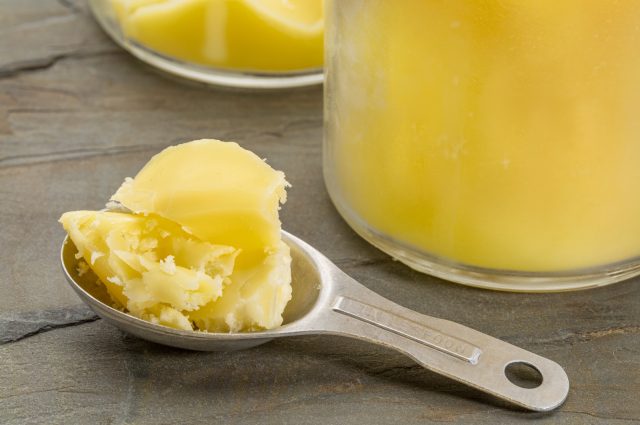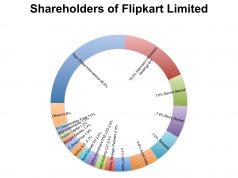Nutrition labels and the rules that govern them are meant to help consumers make informed purchases. Yet when it comes to one of the most basic ingredients of the Indian diet, ghee, or clarified butter, India's labeling regulations fall short of specifying what the public needs to know. Even then, one well known brand, Nestlé, may be violating the regulations, and at the very least is failing to live up to its own lofty goals of keeping the public informed.
Nutrition labels on packaged food inform consumers about what is inside. Labeling rules specify the minimum set of data that must be displayed, and they create a standardized method of presenting information. This helps people make sense of all the health and nutrition claims that brands make.
Ghee is nearly 100% fat, so in that sense the label on a package of ghee should be quite straightforward. However, edible fats can be further classified as saturated, unsaturated or hydrogenated, also known as trans fat. Eating saturated fats increases the amount of cholesterol in the blood, which could lead to heart disease and stroke. When a product is entirely composed of fat, it makes sense to provide the fat breakdown.
In India, the regulations on labeling fat content are set out by the Food Safety Standards Authority of India (FSSAI). The current regulations, dating from 2011, only require the breakdown of the types of fat when a claim is made about the amount or types of fats in the product. Otherwise, the packaging only needs to display the total amount of fat. Yet many brands do display the fat breakdown. A review of packaged ghee at a local supermarket in Gurgaon showed that six brands mention the amount of saturated fat and cholesterol in their labels, and three, including Nestlé, do not.
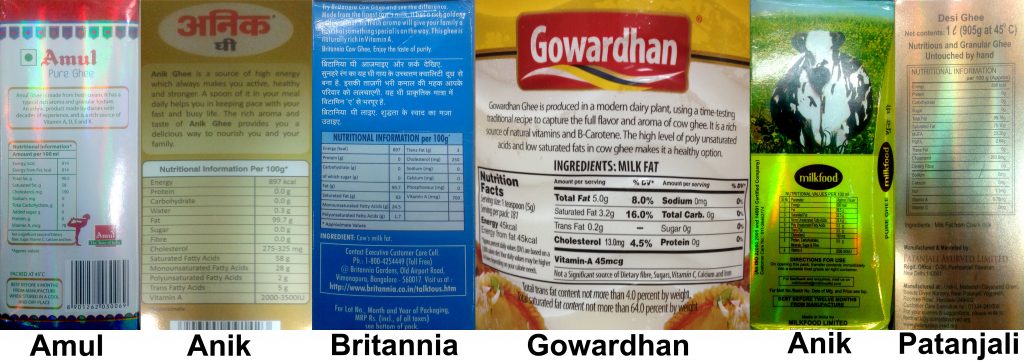
When I contacted Nestlé about why they do not provide the saturated fat information, the company replied in an email, "The labels for Nestlé Ghee conform to labelling guidelines set out by FSSAI." I also contacted Mother Dairy, another brand that does not provide the fat breakdown, and I was provided a statement via email, part of which read, "Mother Dairy complies with applicable labeling requirements, including FSSAI. As per FSSAI Order dated 17 December ‘14, implementation timelines for declaring Trans Fat & Saturated Fat on label of Ghee is extended up to 31.12.2015 and we will follow the regulations accordingly."
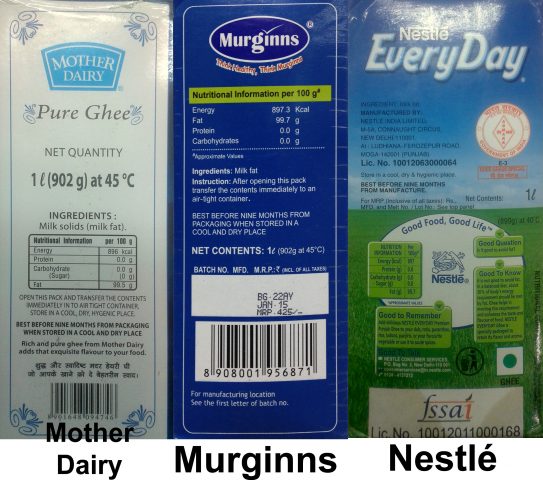
In fact, in November 2012 the FSSAI proposed a change to the rules pertaining to labels on edible oils and fats to require the amount of trans and saturated fats be shown. However, after implementing the change in June 2013, the deadline for compliance has been postponed 4 times, from September 2013 to December 2013, then to 1 July 2014, then to 1 January 2015 and then to the current deadline, 31 December. The FSSAI gave no rationale or explanation for these extensions, but when I spoke to Sanjay Gupta, Assistant Director (Enforcement) and S. Anoop, Assistant Director (Enforcement II), I was told, "Everything takes time, changing detailing on the products produced will surely take a lot of time. Respecting that, we have given an extension till 31st December 2015."
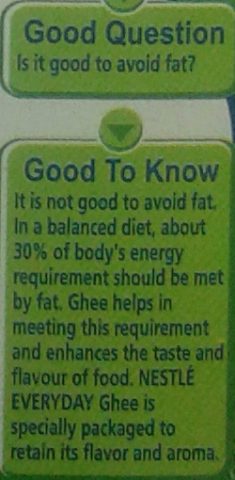
Under the current regulation, packaging that makes a nutrition or health claim about a nutrient is required to provide the amounts of those nutrients. (Note: it would seem then that the Amul package, which claims it's ghee is a "rich source of Vitamin A, D, E and K" ought to display the values for the last 3 vitamins.) On its ghee package, Nestlé asks, "Is it good to avoid fat?" It then goes on to answer, "It is not good to avoid fat. In a balanced diet, about 30% of body's energy requirement should be met by fat. Ghee helps in meeting this requirement." I asked the FSSAI whether this could not be considered a nutrition or health claim. I was told that I would receive a response after an internal discussion at the FSSAI, but after 4 weeks I received a response in which was referred back to the 2011 regulations.
Even if the FSSAI will not say whether Nestlé is violating the regulations, Nestlé is contradicting its claims about helping consumers make healthy choices. In a promotional document on saturated fats, Nestlé states, "Reducing the content of saturated fat in food and beverages is recommended as a measure to help promote a healthy diet." Elsewhere on its Web site, Nestlé states, "As consumers, we need to make wise choices about the food we eat. This is where food labels come in. It can help you make informed decisions towards choosing good nutrition and health." However, by not providing the amount of saturated fat in its ghee, Nestlé is leaving consumers in the dark.

